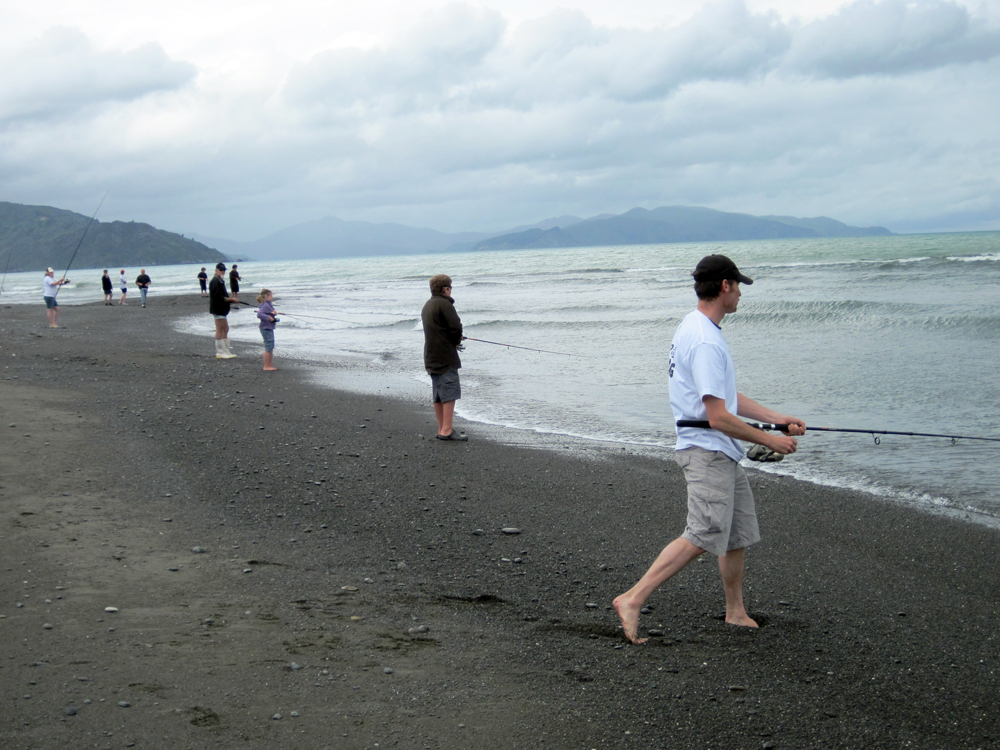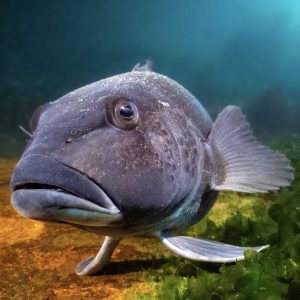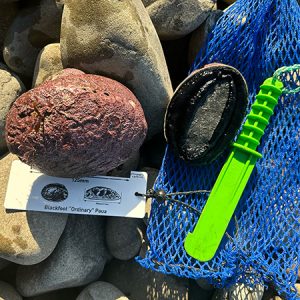Anyone fishing from shore knows that it’s a tough gig. So many elements such as the tide, wind, and swell have to be right before you even get your line wet. As fish stocks decline so do your chances of success. Some days it comes down to a choice between buying burley to increase your prospects, or just going to the local shop and buying what you can then sharing that amongst the whanau. Where have we gone wrong?

The Bay of Plenty was originally named by Captain Cook because it was teeming with fish. Nowadays it is home to a depleted stock of snapper, crayfish have been over fished and have retreated to a few hidey holes, and the legendary kahawai boil-ups just off the beach are a mere memory.
A large proportion of New Zealanders, from Auckland, the mid north and Waikato, all have access to the Hauraki Gulf yet fish populations are relatively healthy when compared to other areas. One of the reasons is that Danish seining and trawling are banned in the inner Gulf.
Industrial fishing and more than 30 years of the Quota Management System has taken its toll, not only on our coastal fish, but also the environment they live in. Industrial fishing includes trawling, Danish seining and dredging.
Bottom trawling is generally an efficient, least cost means of harvesting a range of fish species, but we have collectively paid the price for its widespread use. A century of heavy, bottom contact mobile gear has transformed the sea floor from a diverse thriving benthic community of organisms into a desert-like landscape.
In the clear sandy expanses of the Bay of Plenty and Hawke Bay trawling is the main commercial method. Trawling has removed most of the three dimensional structure and organisms that shelter and support life underwater.
As fishing becomes harder it is no wonder more attention is being paid to what is happening just offshore and comparing that to the Hauraki Gulf.
Thriving fisheries
LegaSea has been promoting a ban on industrial fishing in the inshore zone to help rebuild depleted fish stocks and return the marine environment to a more productive ecosystem. That is because prior to industrial fishing the inshore zone was highly productive, providing refuge and nursery areas for dozens of species and supporting marine diversity through layers of ecosystem services.
The proposal to prohibit industrial fishing inshore, within 12 miles of the coast, is not about banning commercial fishing. It’s about excluding industrial fishing from inshore waters. This would create a coastal zone where low-impact commercial fishing, customary Maori and recreational fishing can co-exist.
More productive local fisheries would enable coastal communities and businesses to rebuild through expanding employment and trading opportunities. It would also encourage more innovation for small-scale artisanal commercial fishing. New Zealand must get better value from the fish we harvest. We also have international obligations and a duty of care to future generations to better protect our marine environment and biodiversity. We must start the rebuild process now.
LegaSea Legends
Sign up to be a LegaSea Legend here.





